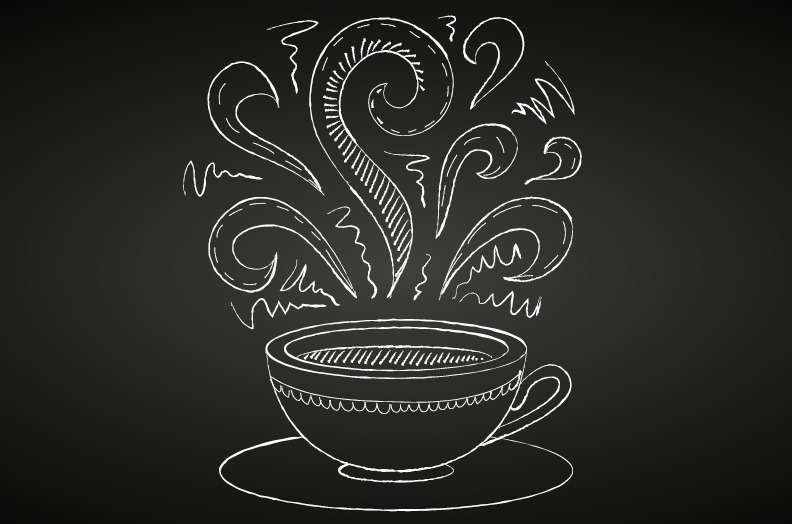When you think of mindfulness, what comes to mind? Mantras, essential oils, listening to relaxation podcasts?
I used to think of someone sitting cross-legged, palms facing upwards and humming a calming tune. Assuming that’s all there was to it, I dismissed mindfulness as something that couldn’t help me. Even as its popularity grew and I learned more, I continued to see it as a magical cure I’d never grasp – a way of healing that seemed too simple to be true.
Times change. Four years later, I’m more aware of what mindfulness is and use it to help me through every day.
Many, however, still feel it’s something they don’t have time to practice. The fast pace of life can make it feel as though there’s no time to sit and ‘do nothing’. Everyday mindfulness is a way to fit your practice into the structure of your regular routines and activities. Learning to practise this way, along with sitting meditations, has enriched my daily life and helped me to manage my mental health.
For me, mindfulness is about feeling present, connected and truly aware of what I’m doing, instead of thinking about what I’m going to do or perhaps what I’ve already done. Everyday mindfulness allows me to bring my mind to my body and to feel in the present moment.
Whatever I choose to do mindfully – cooking, walking, drinking a cup of tea – I use eight steps. They can be taken in any order, and you may find some suit you better than others. Choose the order and style that best complements your practice and routine.
-
Grounding breaths
Place your feet flat on the floor then inhale and exhale, feeling your breath move around your body and bringing your awareness to the present moment.
-
Attention and activity
Focus on your chosen activity – I like to continue to notice my breath but also pay attention to what I’m doing. Thoughts may arise that aren’t relevant to the activity. When I find this happening, I breathe a little deeper and remind myself that for that one moment, I just need to be. I bring my attention to the tools I’m using and to my surroundings, noticing the objects and space around me.
-
Vision
Of all the steps, vision brings me the most enriching feeling: from noticing the colour of a vegetable while cooking to examining the shape of a flower while out walking. By taking the time to practise everyday mindfulness, I notice and see more of the world around me, little things that would otherwise pass me by.
-
Touch and texture
Touch and texture influence different parts of my body depending on which activity I’m doing. While cooking, I might notice the texture of a specific food and how it changes during roasting or steaming. While walking, I might pay attention to the feeling of each foot as it makes contact with different surfaces. Using touch and texture, I bring my body and mind to that moment.
-
Sense of smell
This can be a powerful way to connect to an activity, especially as scents change and increase or decrease in intensity.
-
Sound
Depending on where I am, sound can make my everyday mindfulness difficult. When distractions arise, I deepen my breath while focusing on the distraction itself, allowing each breath to accept the sound until it becomes part of the practice.
-
Taste
This step encourages you to notice how each individual mouthful of food actually tastes. Is it sweet or sour or smooth or crunchy? When practising mindful eating, I find foods I’ve tasted many times before can suddenly reveal new flavours and increased texture.
-
Reflection
At the end of the activity, I take a moment to look at how I felt during and after the practice. This is an individual decision, but I find it helps my future practice to note any obstacles I’ve faced as well as the benefits of the exercise.
Using these steps allows me to practise mindfulness while carrying out my daily activities. Along with sitting meditation, this helps mindfulness to become part of my way of living. Everyday mindfulness may not be the magical healing cure I once thought, but it does allow me to continue healing, every day.
- Words: Nicole Williams. Nicole is a mental health campaigner, health and wellbeing blogger and content creator at Nicole’s Journey, sharing personal experiences of illness, growth, natural living and mindfulness.
- Illustration: Shutterstock

